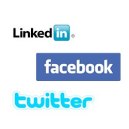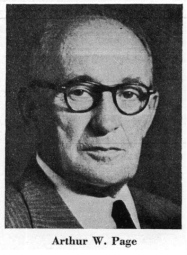BEST WRITING:
I think the best written white paper award would have to go to Amanda Hagen because she not only writes well in the white but her selection and framing of the words are nicely expressed with videos, images and hyper links. A good white paper includes proving credibility to the company your white paper is on, its products and services, Helping sponsors build awareness and gain support through your white paper, and offering compelling argument to establish a point of view, or even launching a new market. Also, the readers of your white paper want something that engages them, explains a topic of interest and they don’t want to feel like they are wasting their time reading it. I think that Amanda’s white paper meets all of these and therefore, she gets the best written white paper award! 
BEST CREATIVITY: CATERING CATCHES MY EYE
I think that Christy Valvano gets the best creativity award white paper because her idea is different from everyone else’s and because its so original, it makes you want to read it. Once you start reading about this catering service, you want to keep reading because it is interesting and you want to know more. The fact that the company’s name is “Fiddleheads” is also very catchy because it is something that a lot of people aren’t really familiar with, which also makes it grab your attention. There are a lot of images and hyperlinks placed in her white paper which she uses to help her expand on it and they are well placed and provide good information to the reader.
BEST SOCIAL MEDIA:
I really like Maria Schimizzi’s idea for her company to start using Pinterest more. It is a great idea because Pinterest is one of the newer social media sites and it interests a lot of people. In her white paper she explains how Pinterest has the ability to build relationships in a different way. Pinterest is so much different than all the other social media that is out there (Facebook, twitter, etc) so it has the ability to strike different audiences.










 Edward Bernays family background contributed greatly to his brilliant mind and had a lot to do with how he became known as the “Father of Public Relations.” He combined the ideas of
Edward Bernays family background contributed greatly to his brilliant mind and had a lot to do with how he became known as the “Father of Public Relations.” He combined the ideas of